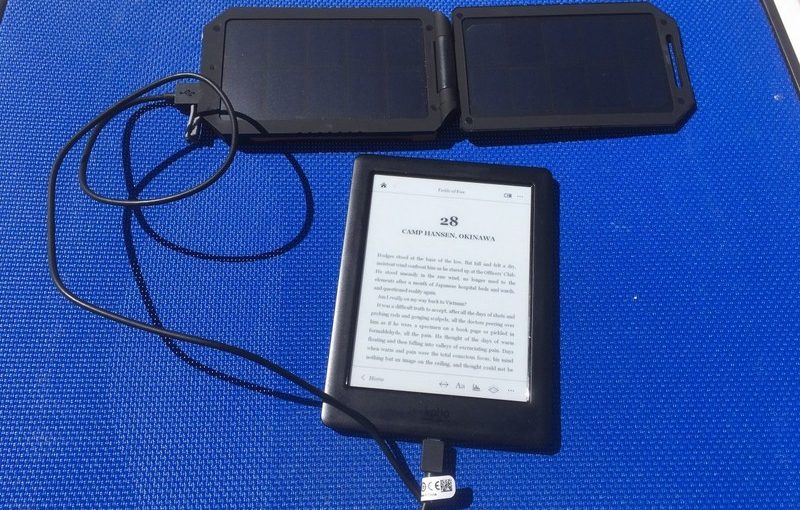Category: Via Ferrata
-
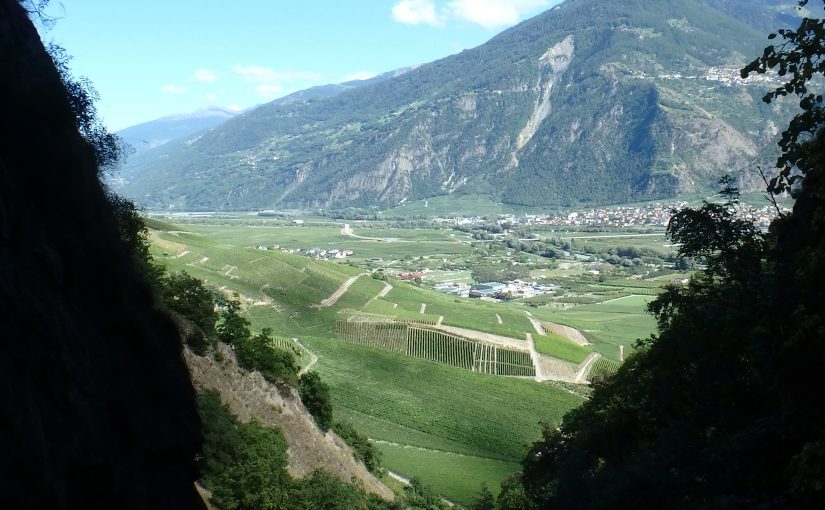
Electro-dance yodelling and other Valais videos
Reading Time: < 1 minuteThis yodelling video is currently the number one trending video on youtube. I am unclear on whether it is for Switzerland or a bigger region. A small tractor is driving up a Swiss Alpine road with a group of yodelers sitting in a trailer. A car with Ma Cherie playing on the…
-
The Third part of the Saillon VF
Reading Time: 2 minutesYesterday afternoon after two top rope climbs in Dorénaz we drove to the Via Ferrata de Saillon to climb this one. It is a via ferrata that I know well. This time I decided that I wanted to try the third part of the Saillon VF once again. What makes the third…
-
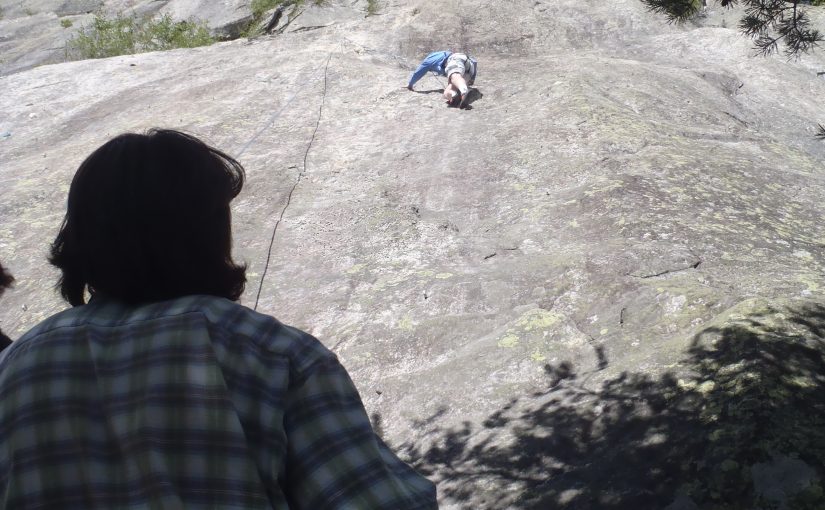
Gallantry and Rock Climbing
Reading Time: 6 minutesGallantry and Rock Climbing are a good combination. In Rock climbing the person with more experience or comfort helps the person with less comfort. In some cases it might be helping people walk on trails and in other cases it may be walking at the pace that is comfortable for others. According…
-
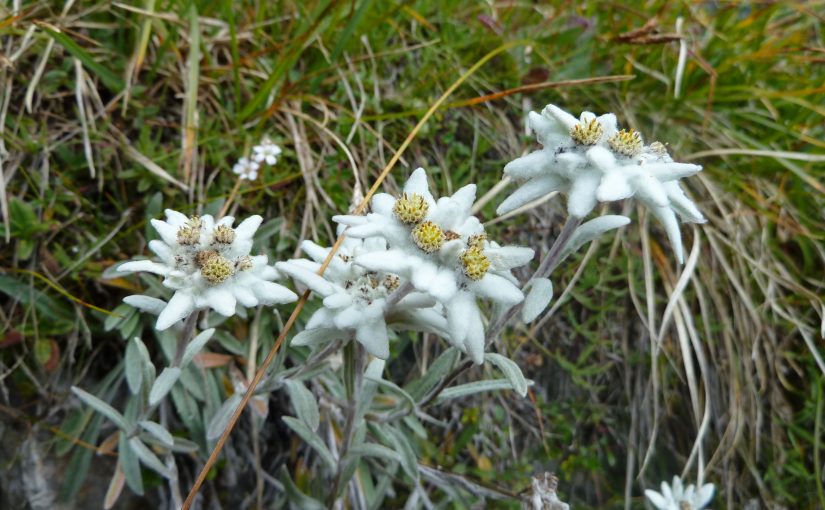
Via Ferrata and Edelweiss
Reading Time: 2 minutesVia Ferrata and Edelweiss can be combined. I was reminded of this when I was looking at Salanfe’s Instagram account images last night. I saw an image of a chamois and her young and then I saw the picture below of an Edelweiss and I wanted to share that I had also…
-
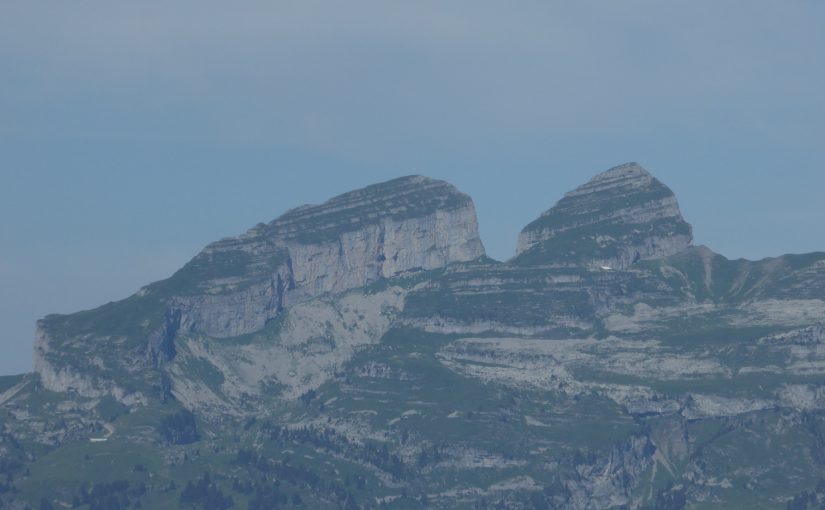
Admiring the Tour D’Aï from the Via Ferrata de la Cascade
Reading Time: 2 minutesThe weather was clear so I was admiring the Tour D’Aï from the Via Ferrata de La Cascade. I was in Les Diablerets as I am one of the volunteers at the FIFAD film festival. I turned up three hours before I was needed and as I had all my climbing gear, except…
-
Moléson Via Ferrata by night
Reading Time: 2 minutesThe Moléson Via Ferrata by night event is organised for the 13th of August 2016. This is an event that I have been tempted to do for several years. The principal is simple. You wear the usual via ferrata equipment with the exception of a torch. You have to contact the Moléson…
-
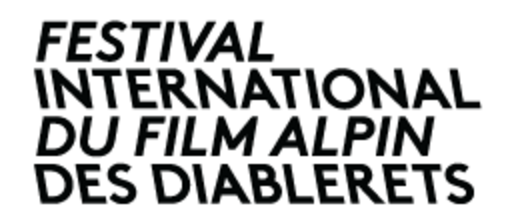
In August I will be at FIFAD
Reading Time: < 1 minuteIn August of this year I will be at FIFAD as a volontaire. FIFAD stands for Festival International du Film Alpin Des Diablerets. It’s the international Alpine Film Festival of the Diablerets. I want to participate at this event for three main reasons. The first of these is that I have…
